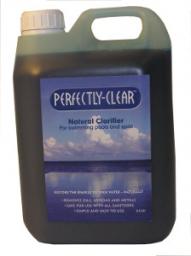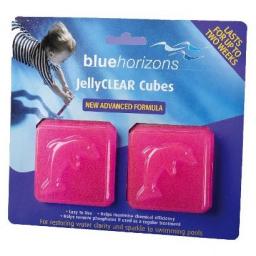Despite Chlorine’s ability to kill just about anything organic there is one type of nasty that evades being killed by chlorine. Well two actually – Cryptosporidium and Gardia but they are very similar. They are a protozoan organism that forms a hard, impermeable shell around itself that is resistant to attack from Chlorine. The shell is called an oocyst and if ingested by a human it can cause severe diarrhoea. It is passed on via contact with said diarrhoea.
So if the oocysts get in to your pool and Chlorine will not kill them – what can you do? Well the good thing from our point of view is that the oocysts are quite big, 6 thousandths of a millimetre. That might not sound big and it is still small enough to pass straight through a sand filter but it is big compared to a bacterium. So we can use flocculation to get rid of them.
Flocculation is the process of combining lots of small items together to form one bigger item, like snowflakes combining to form a snowball. Adding a flocculent to the water makes all the oocysts combine in to bigger lumps and those lumps will get held back by the filter.
The cheapest and most common form of flocculent used is Aluminium in the form of Aluminium Sulphate. This is what is in Granular Floc and Floc Tablets. Environmental authorities are not keen on Aluminium being dumped in to water courses from your backwash but there are two flocculants that are better and Aluminium free. The first is based on polyacrylamides and comes in gel form. Jolly Clear Cubes are such a flocculent. Better still is Perfectly Clear Clarifier. It is not only gathers up oocysts and any other contaminants it also gets rid of oils and oily scum from suncreams that can cause stains on your liner.
So in the armoury of the pool owner the main weapon is chemical sanitisers, Chlorine being the most popular one but we should not forget the importance of flocculation to get rid the nasties that chlorine cannot reach.


